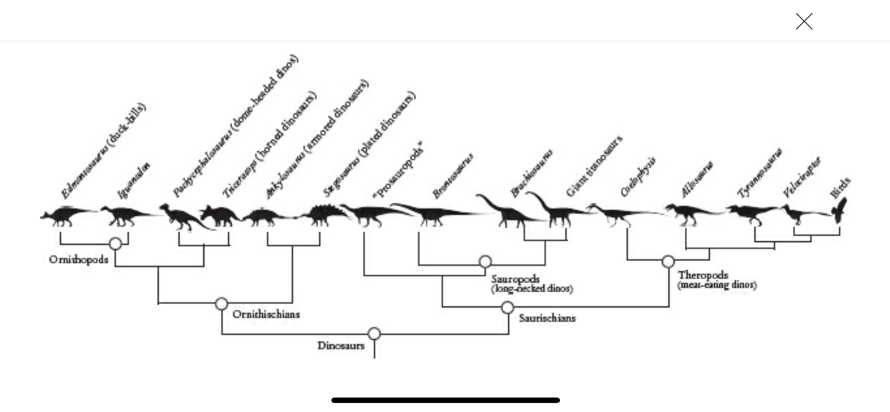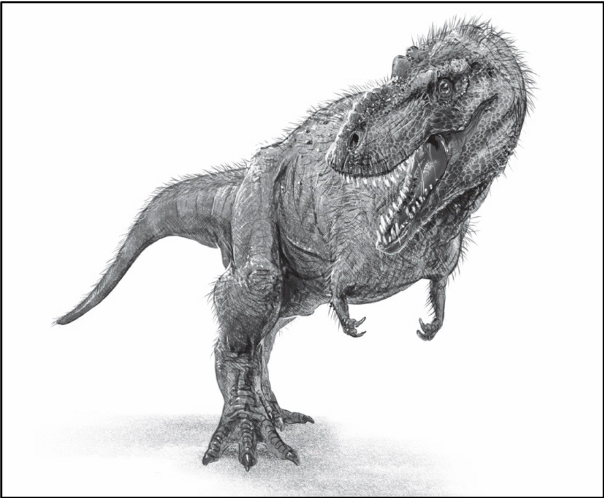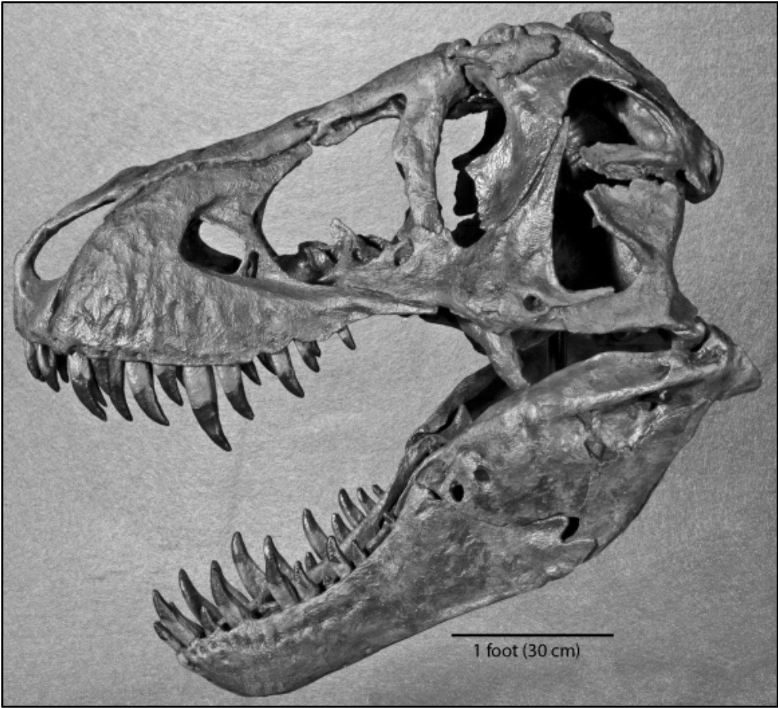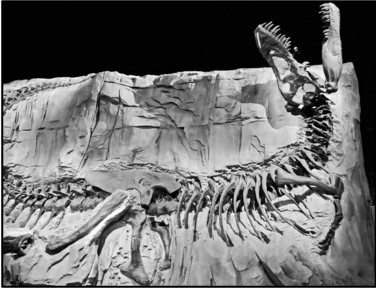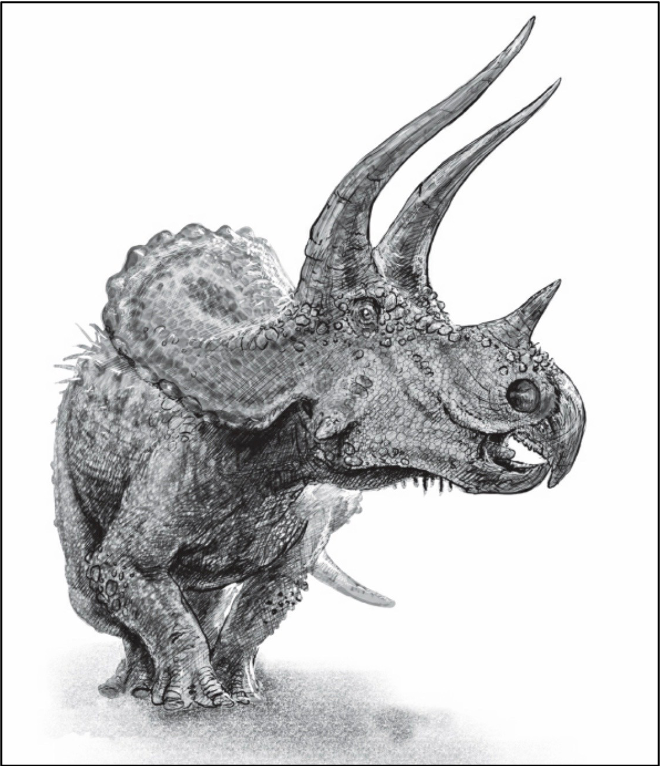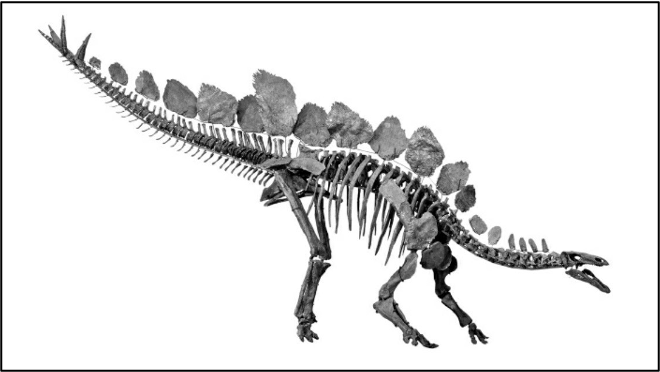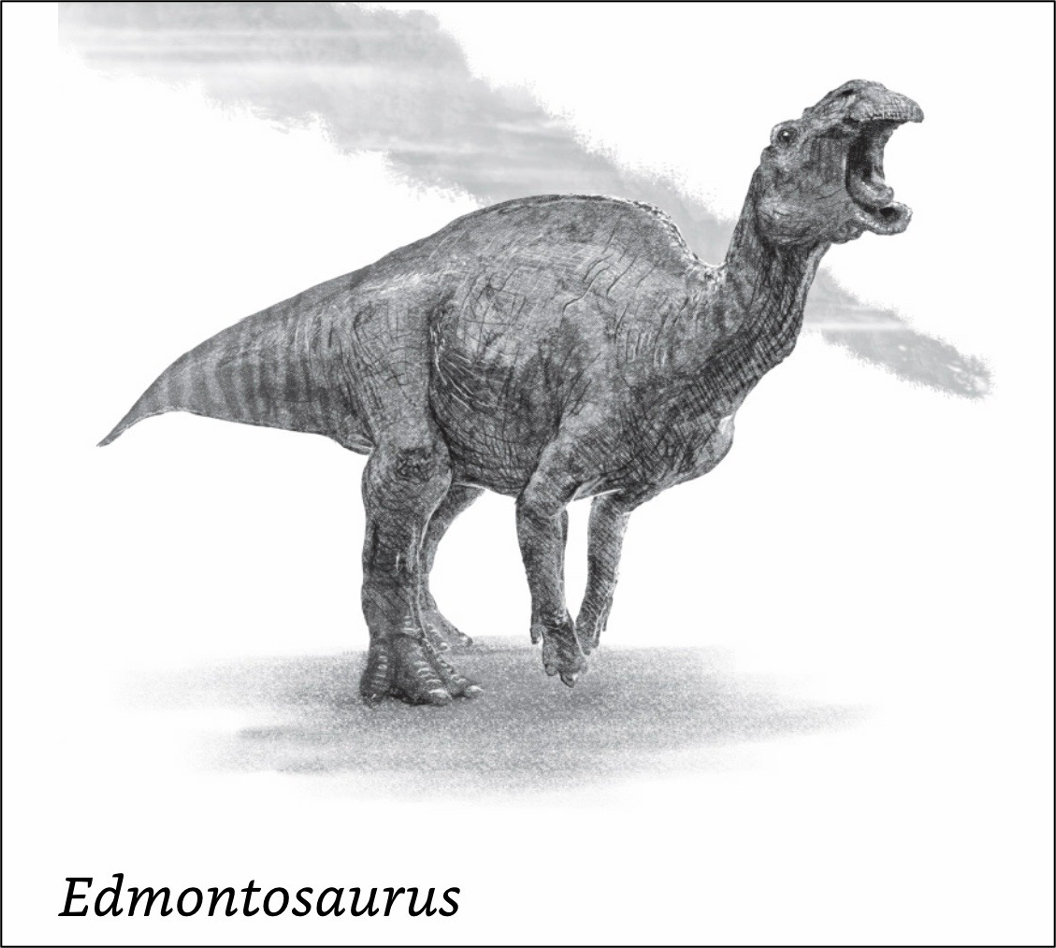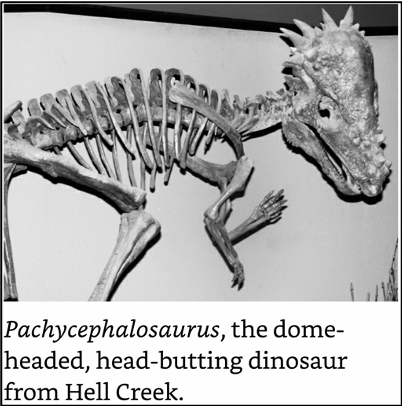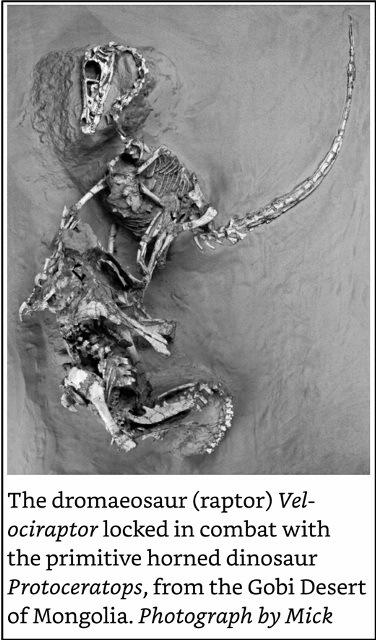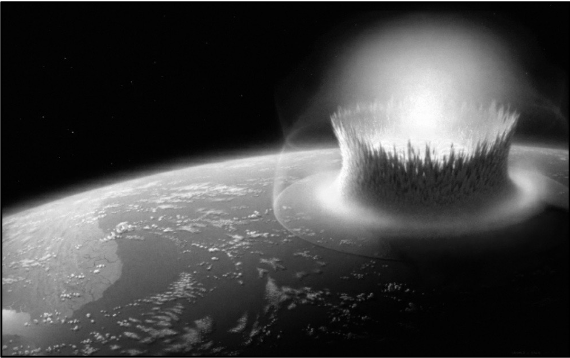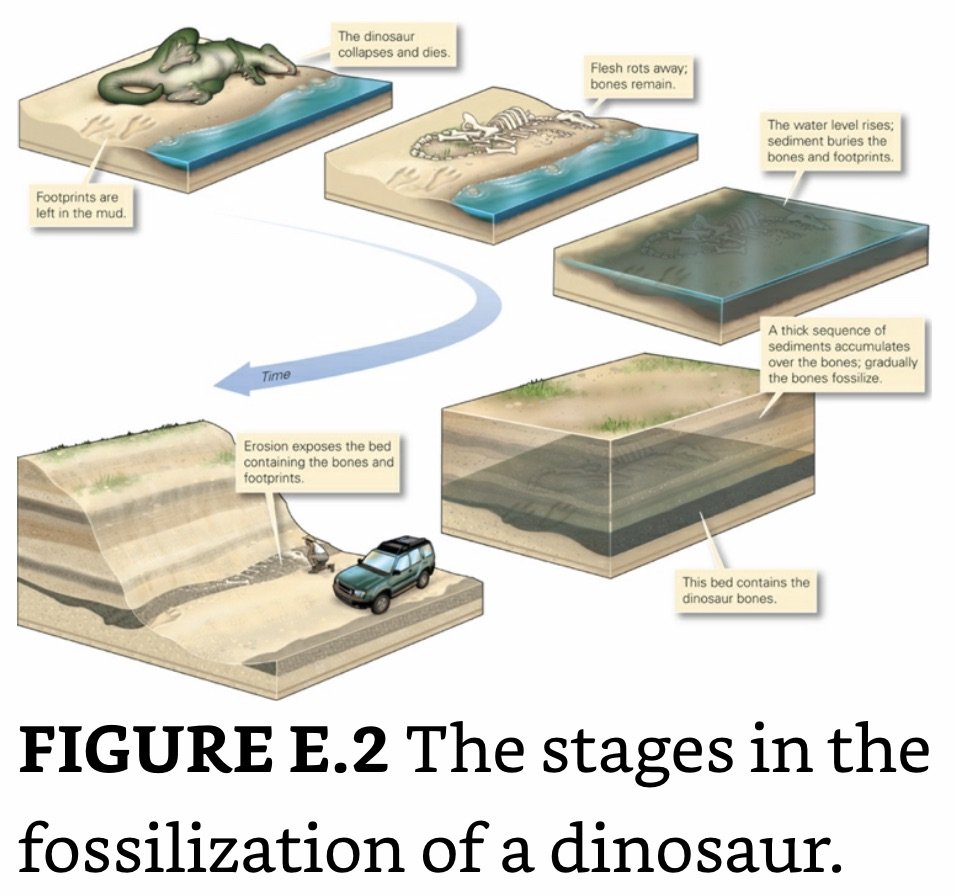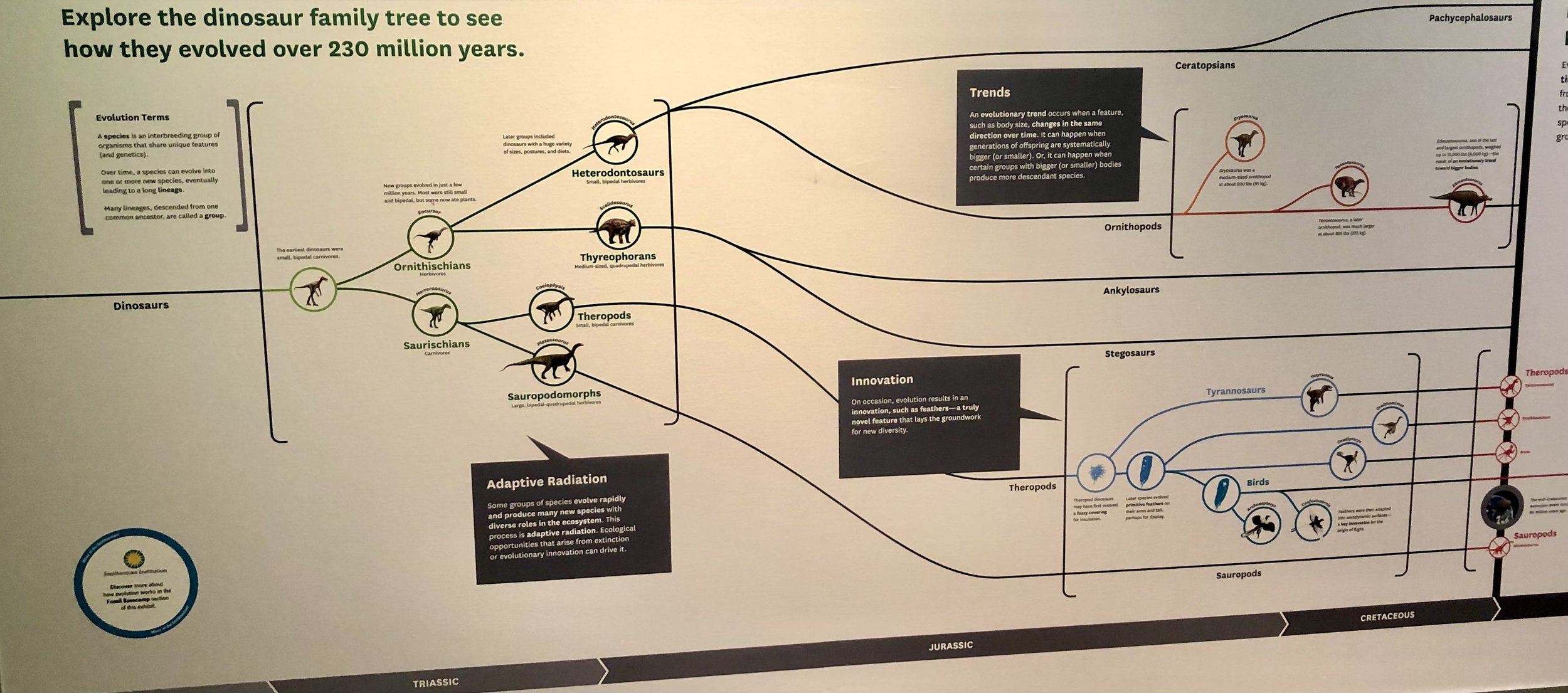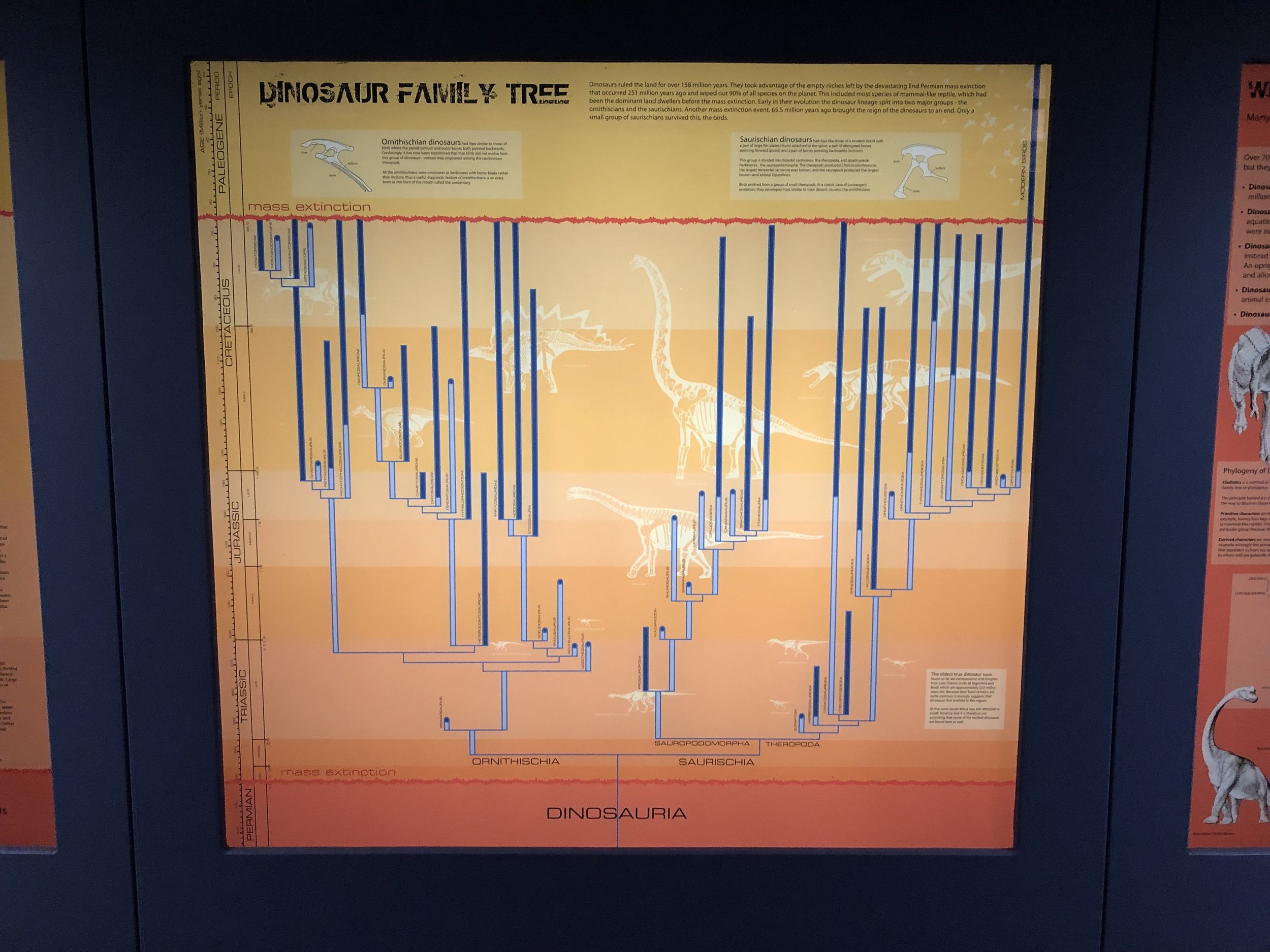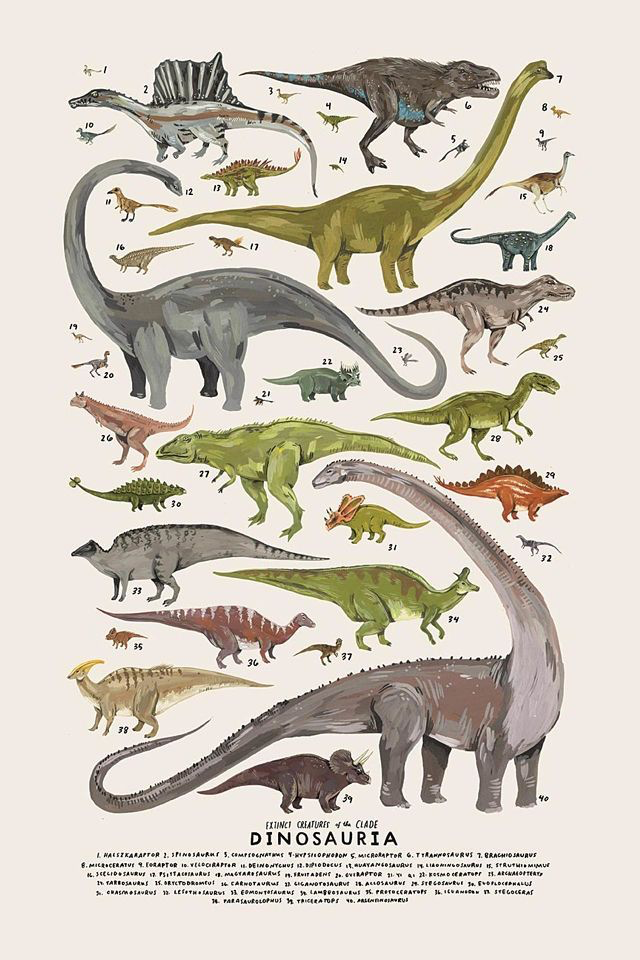The Rise and Fall of the Dinosaurs by Brusatte
Ref: Steve Brusatte (2019). The Rise and Fall of the Dinosaurs. Mariner Books.
_________________________________________________________________________
Summary
The Jurassic Period marks the beginning of the Age of Dinosaurs proper. Although the first true dinosaurs entered the scene 30 million years before the Jurassic had begun, the earlier Triassic dinosaurs were not dominant. Following the Triassic Extinction when Pangaea split, the dinosaurs emerged from the ashes and found a new, much emptier world, which they proceeded to conquer. Over the first few tens of millions of years of the Jurassic, dinosaurs diversified into a dizzying array of new species. Entirely new subgroups originated, some of which would persist for another 130-plus million years. They got larger and spread around the globe, colonizing humid areas, deserts, and everything in between. By the middle part of the Jurassic, the major types of dinosaurs could be found all over the world.
_________________________________________________________________________
Dinosaur Family Tree
Tetrapod’s
Archosaurs (Triassic)
Avemetatarsalians (Triassic)
Dinosauromorphs (Triassic)
Dinosaurs
Saurischians
Theropods (Meat Eaters)
Tyrannosaurus Rex ‘aka Tyrant Lizard King’ (Cretaceous)
Carcharodontosaurs (Cretaceous)
Abelisaurids
Velociraptor
Coelophysis
Allosaurus
Birds (Modern)
Sauropods (Long Necks)
Brachiosaurus (Jurassic)
Brontosaurus (Jurassic)
Titanosaurs (Cretaceous)
Dreadnoughtus (Cretaceous)
Patagotitan (Cretaceous)
Argentinosaurus (Cretaceous)
Ornithischians (Herbivores)
Ornithopods
Iguanodon
Edmontosaurus (duck-bills)
Ceratopsians
Triceratops (Jurassic)
Stegosaurus (Jurassic)
Bird Line Archosaurs
Pterosaurs
Pterodactyls
Pseudosuchians (Triassic)
Crocodiles
_________________________________________________________________________
Dinosaurs
Theropods (Meat Eaters)
Tyrannosaurus Rex (aka Tyrant Lizard King)
Size: Adults were 13m long and weighed ~7-8t (largest known land predator in Earth’s history). Teenagers grow quickly, adding ~2.2kg/day.
Lifespan: ~30y.
Feeding: Puncture-Pull.
Fossils: ~50 complete (more than most other dinosaurs).
Sauropods (Long Necks): Brontosaurus, Brachiosaurus, Dreadnoughtus, Patagotitan, Argentinosaurus, Allosaurus?
Body Structure:
Necks permitted for large meals and fast growth.
Ultra-efficient lungs that could take in large amounts of Oxygen to stoke their metabolism.
Growth: Matured from guinea-pig-size hatchlings to airplane-size adults in ~30-40y, weighing >30t.
Air sacs inside the bones allow for both sturdy and light movement.
Ornithischians (Herbivores): Triceratops
Bird Line Archosaurs (Birds)
Body Structure:
Unidirectional Lung: Air flows across the lung in one direction, extracting O during both inhalation and exhalation (extra efficient); made possible by a series of balloon-like air sacs connected to the lung, which store some of the O-rich air taken in on inhalation, to pass it across the lung during exhalation.
Wings
Why would a dinosaur develop wings? Today’s birds use wings for many things other than flying (which is why, for instance, flightless birds like ostriches don’t lose their arms entirely). They are used as display structures to entice mates and frighten rivals, as stabilizers that help birds climb, as fins to help them swim, and as blankets for keeping eggs warm in the nest, along with many other functions. Wings could have evolved for any of these reasons- or another- however, display seems the most likely.
The feathers of nonflying, winged dinosaurs were a rainbow of different colors. Some were even iridescent, like those of today’s shiny-sheened crows. Colorful wings would have been perfect display instruments—like the tail of a peacock.
Wings originally evolved as display structures from the arms, legs, and tail.
One of these wing-beating lineages—maybe the descendants of Microraptor or Anchiornis- got smaller, developed bigger chest muscles and hyper-elongated arms. They lost their tails and teeth, ditched one of their ovaries, and hollowed out their bones even more to lessen their weight. Their breathing became more efficient, their growth faster, and their metabolism more supercharged, so that they became fully warm-blooded, able to maintain a constant high internal body temperature. With each evolutionary enhancement, they became even better fliers, some able to stay airborne for hours on end, others able to sail through the oxygen-starved upper reaches of the troposphere, over the rising Himalayas. These were the dinosaurs that became the birds of today.
_________________________________________________________________________
Terminology
Evolution: All populations of organisms are variable in their features. For instance, if you look at a bunch of rabbits in nature, they will have slightly different fur colors, even if they all belong to the same species. Sometimes one of those variations confers a survival advantage—say, darker fur that helps a rabbit camouflage itself better—and because of that, the individuals with that feature have a better chance of living longer and reproducing more. If that variation is heritable—if it can be passed on to offspring—then over time it will cascade throughout the population so that the entire rabbit species is now dark-haired. Dark hair has been naturally selected, and the rabbits have evolved. This process can even produce new species: if a population is somehow divided and each subset goes its own way, evolving its own naturally selected features until the two subsets are so different that they’re unable to reproduce with each other, they have developed into separate species. This process has brought into being all of the world’s species over the course of billions of years. It means that all living things—modern and extinct—are related, cousins on one grand family tree.
Niche Partitioning: Coexisting species avoid competition by behaving or feeding in slightly different ways.
Pangaea: Supercontinent.
Panthalassa: Super Ocean (Coupled with Pangaea).
Photogrammetry: Calculation of body weight by measuring limb-bone thickness.
Sill: An intrusion of magma that intrudes between layers of rock far underground, but then hardens into stone before it can erupt as lava (the Palisades).
Triassic: Dawn of the Modern World.
_________________________________________________________________________
Paleontological Sites
Ghost Ranch, NM.
Morrison Formation, CO.
Hell Creek, MT.
Shell Dinosaur Bones Beds, WY.
_________________________________________________________________________
Misc Quotes
No mammal living with dinosaurs got bigger than a badger.
Africa today is pulling away from the Middle East at the rate of about one centimeter per year.
_________________________________________________________________________
Chronology
65 ma: Mammals exploded in diversity when presented with an opportunity they had been craving for hundreds of millions of years: a wide-open playing field, free of dinosaurs.-Dinosaurs by Brusatte.
66 ma: Cretaceous Extinction; Cretaceous- Paleogene Boundary (End of the Cretaceous, start of the Paleogene): A 10km wide comet- or asteroid (about the size of Mt. Everest) strikes the Yucatan Peninsula (at modern day Chicxulub, Mexico) at 108,000 kph releasing a TNT EQ of ~100T tons. It plowed some 40 km through the crust and into the mantle, leave a crater over 160km wide. The Chicxulub ‘asteroid’ vaporized everything within about 1000km. Dust shot into the atmosphere, contaminating the high-altitude air currents and spreading around the world, blocking out the sun and preventing plants from photosynthesizing. Once lush conifer forests died out; then the pareiasaurs and dicynodonts had no plants to eat, and then the gorgonopsians had no meat. Food chains started to collapse. Some of the dust fell back through the atmosphere and combined with water droplets to form acid rain, which exacerbated the worsening situation on the ground. As more plants died, the landscape became barren and unstable, leading to massive erosion as mudslides wiped out entire tracts of rotting forest.-Dinosaurs by Brusatte.
68-66 ma: The Tyrannosaurs Rex (‘Tyrant Lizard King’) roams the Earth.-Dinosaurs by Brusatte.
84-80 ma: Early Tyrannosaurus species first evolve in N. America.-Dinosaurs by Brusatte.
94 ma: Mass extinction event, possibly due to a surge in volcanic activity causing a runaway greenhouse effect; global temperatures spike and sea levels rise, starving deep oceans of O2. Many ocean-living invertebrates disappeared for good, as did various types of reptiles.-Dinosaurs by Brusatte.
100 ma: Deciduous Trees first appear.-Dinosaurs by Brusatte.
125 ma: Small flowers, in this case proto-angiosperms, emerge in Asia. With another 60my of evolution, they diversify into a range of shrubs and trees, including palms and magnolias.-Dinosaurs by Brusatte.
145.5 ma- 65.5 ma: The Cretaceous Period.
Late Cretaceous: Sea level was very high—the result of a hothouse world where very little, if any, water was locked up in polar ice caps (most of low-lying Europe was flooded). High sea level pushed water farther inland, so that warm subtropical seas lapped far onto both N. America and Asia. The N. American seaway extended all the way from the Gulf of Mexico to the Arctic. In effect, it bisected the continent into an eastern slice called Appalachia and a western microcontinent called Laramidia.-Dinosaurs by Brusatte.
Early- Middle Cretaceous: Decline of the Sauropods. Once so diverse in the Late Jurassic, Brontosaurus, Diplodocus, and Brachiosaurus go extinct. A new subgroup called the titanosaurs began to proliferate, evolving into super-giants including the middle Cretaceous Argentinosaurus, which at more than 30m long and 50t in mass was the largest land animal to ever live.-Dinosaurs by Brusatte.
145.5 ma: Jurassic- Cretaceous Boundary; End of the Jurassic, beginning of the Cretaceous (no cataclysmic events).-Dinosaurs by Brusatte.
150 ma: Archaeopteryx roam the skies.-Dinosaurs by Brusatte.
170 mya: Conifer Trees first appear.
201.3 ma- 145.5 ma: Jurassic Period
210 mya: The Triassic (‘Dawn of the Modern World’) Extinction; prolonged volcanism due to the breakup of Pangaea and Panthalassa increases atmospheric CO2 to ~2500ppm in the tropics, killing 70-75% of species.
225-200 ma: Deposition of the Geologic Chinle Formation; a 500m thick red and purple rock sequence that formed from ancient sand dunes and oases of tropical Pangaea (now the Hoodoos, Badlands, and Canyons of AZ and NM).
240-230 ma: The first true dinosaurs appear.-Dinosaurs by Brusatte.
390 ma: Tetrapod’s appear; Fish evolve turning fins into arms, growing fingers and toes, and emerging onto the land. Their descendants include all vertebrates that live on land today: frogs, salamanders, crocodiles, snakes, dinosaurs and mammals.-Dinosaurs by Brusatte.
_________________________________________________________________________
